About a month ago, when the health crisis and lockdown of Madrid (Spain) began, and the first restrictions to stop the increase of Covid-19 contagions since the summer were announced, Isabel Díaz Ayuso, President of the region of Madrid, justified the situation on the unhealthy practices of the immigration living in the capital’s southern neighborhoods. This argument, and the decision to only adopt lockdown measures in the South of Madrid (where the lowest incomes are found), opened a twofold debate on aporophobia, and racism and xenophobia. This article delves on the relation between these prejudices, and the way in which aporophobia contributes to the sustainment of Islamophobia.
“The spread [of Covid19] is a consequence, among other things, of the way of life of our immigration in Madrid”, stated the President of Madrid, while also referencing the high population rates we find in those areas. With these statements, she wasn’t only ignoring many other factors that have contributed to the worsening of the situation (the end of the holiday period, the opening of schools, the continued economic activity, the use of public transports, etc), she also relied on a populist and racist discourse that seek to turn immigration into a scapegoat for the measures that she was to adopt. The measures announced, which consisted in dividing Madrid into different health areas, imposing lockdown only in the areas with the highest rates of Covid19 cases, and which affected only low income neighborhoods, was strongly contested by civil society. Ayuso’s statements found a similar opposition. Left-wing political party Unidas Podemos accused Madrid’s President of racism, while her statement was highly rejected in social media.
Racism and poverty
The question, however, had already been raised: to what point does poverty sustain racism and Islamophobia? The term aporophobia (“rejection of the poor”) was coined by philosopher Adela Cortina to refer to the exclusion and discrimination of the underprivileged population, and how this social abandonment questions the pillars of democracy itself.
According to Cortina, aporophobia is an element common to xenophobia, homophobia and Islamophobia. This professor of ethics and political philosophy points out at a different behavior towards the foreigner, homosexual or Muslim when they have high economic resources and when they lack of them. A Muslim living modestly in the city suburbs is not treated like the Muslim businessman staying at a five-stars hotel, nor as the President or Prime Minister of a Muslim-majority country. But this same logic can be applied to the whole of the population, regardless of their race or religion.
It is true that poverty is used on many occasions to promote a negative image of immigrants and to feed the stereotypes that surround them, confusing misery with the customs of a foreign population. Images of refugees, dirty and tired, crossing borders or overcrowded in camps are used to portray them as a marginal population and distance them from us, targeting the empathy we feel for them. Likewise, in countries such as Denmark, refugees are forced to give up their possessions when entering the country. This automatically places them in a position of exclusion and dependency.
Poverty is used on many occasions to promote a negative image of immigrants and to feed the stereotypes that surround them, confusing misery with the customs of a foreign population.
Something similar happens with low income jobs among the migrant population (often a consequence of the lack of work opportunities, the legal status of migrants, or the obstacles to have their degrees recognized), which affect the social status of the migrant population and contribute to weaken their legal rights. It is the case of the seasonal workers’ protests we have witnessed in Spain this summer against the poor living conditions they lived on and the lack of preventive measures against the Covid-19, or the sexual abuse allegations made by Moroccan seasonal workers in the north of Spain at the beginning of the year.
Returning to this article’s first example, a large family living overcrowded in a tiny apartment is not something cultural, but a symptom of poverty and economic difficulties.
Islamophobia, beyond money
But, this discrimination, is it only due to poverty? It is true that seasonal workers and Arab Gulf businessmen staying at the Sheraton hotel are not treated the same way, nor are these equally treated if compared with a Premier League football player. And yet, all of them face very similar prejudices, a mistrust based on their religion and race, a perception that portrays them as foreigners and alien to our society.
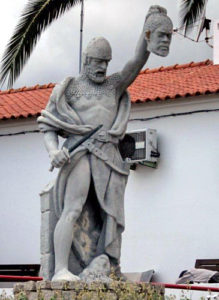
There are many elements that contribute to Islamophobia and that surpass economic reasons, they are also political, historical, cultural, security reasons… They rely on a monolithic perception of Islam, and are attributed to the worst aspects found abroad: religious intolerance, lack of human rights, discrimination against women, violence, underdevelopment… As a consequence of this foreign image, Muslims are linked to the poor immigrant, while also being mocked as simple autocrats living of their petrodollars. They are, at the same time, the illegal immigrants arriving from Africa by boat, the exiled from the wars developing in the Middle East, and the nomad tribes from the Arab Gulf who discovered petrol by chance at the beginning of 20th century.
Relying on a well-known example, in 2013 Coca-Cola published a Super Bowl ad in which it showed different groups on a race to catch a coca-cola bottle. Cowboys, cheerleaders, Mad Max inspired-bikers, and an Arab in traditional clothing and a camel raced to reach the long-desired prize. And while the three first groups faced a tight competition, the Arab struggled to move its camel, incapable of advancing through the dessert and being left out of the race. He was the comical element of the ad. This example, although superficial, shows how Islamophobia goes beyond the economic reasons, to rely on an antagonism between the West and Islam, between modernity and tradition. As Edward Said pointed out in his well-known work Orientalism, this negative representation is commonly found in Western literature and films. It is also increasingly common in European and American politics, from Trump’s border restrictions to Ayuso’s statements, from Macron’s new project against separatism to the migratory politics promoted by Italy in recent years.
In this same context we can highlight the lack of recognition of Spain’s Al-Andalus past and the construction of a Spanish identity and national history, both of whom have a strong political and historical nature.
Poverty and underdevelopment
When the Runnymede Trust organization defined Islamophobia in the 90s, it identified it as a prejudice that approached Islam as a monolithic and static block, primitive, irrational, barbaric and sexist, violent and hostile, and lacking common Western values. Poverty, or, rather, the economic underdevelopment and authoritarianism found in different geographical regions is often used to sustain the prejudices listed. This argument doesn’t rely on religion itself, but on the socio-economical characteristics of the countries it is linked with.
With regard to aporophobia, as explained by Cortina, it is a transversal phenomenon, that nurture all types of discrimination and that has a strong neoliberal component that transcends Islamophobia. Unfortunately, the poor is discriminated because he is poor, and only when talking of a ratialized population it becomes racism or Islamophobia.

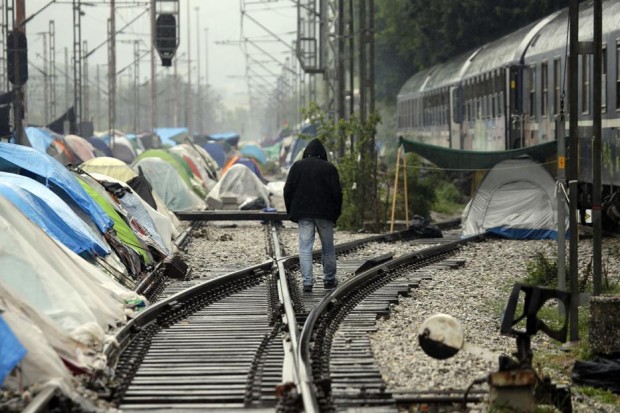

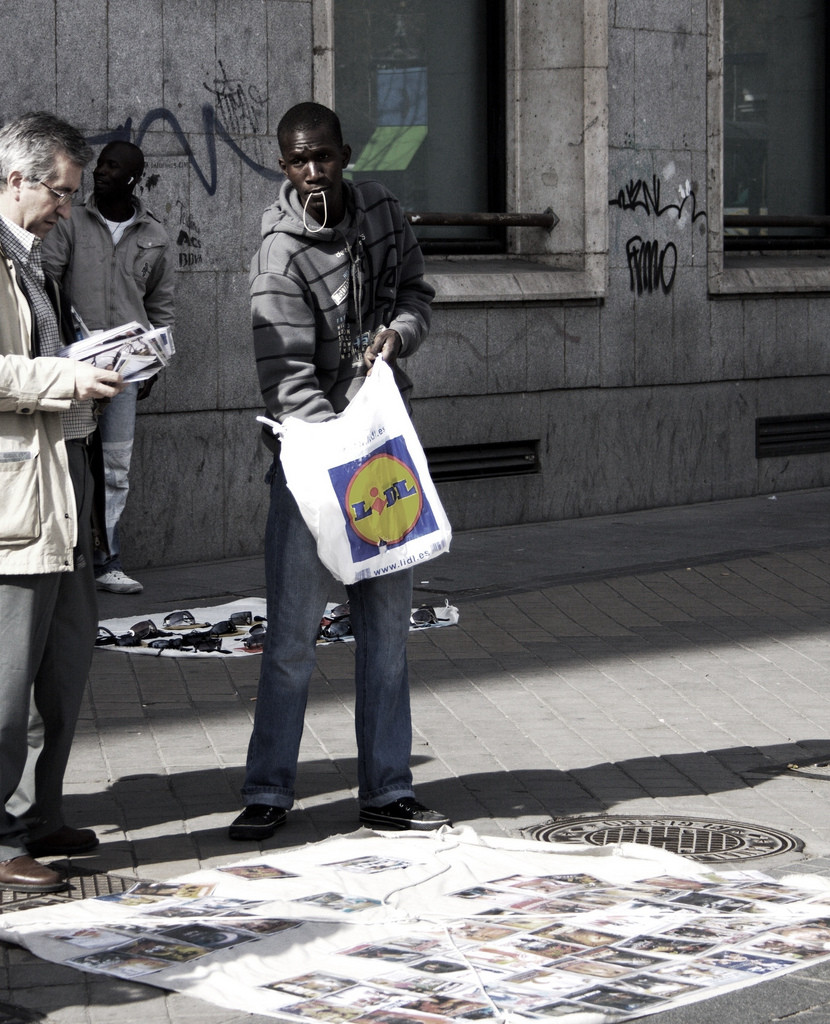
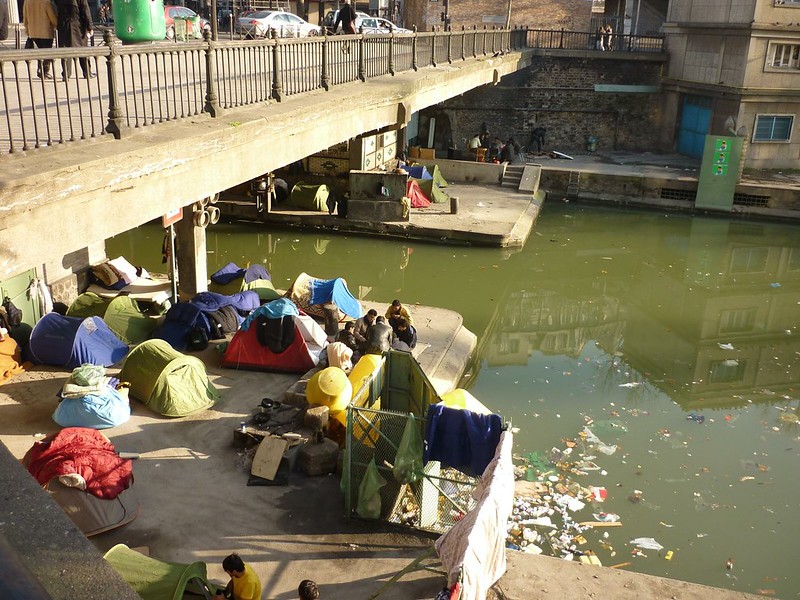


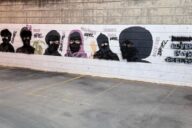










No Comments